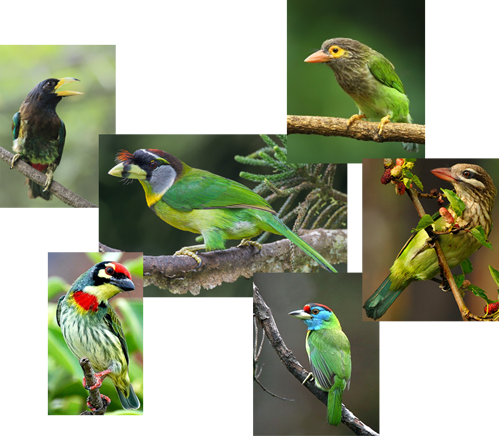Conservation and Evolutionary Genetics Group |
||||||||||
| HOME | PEOPLE | PROJECTS | PUBLICATIONS | RESOURCES | COURSES | JOB VACANCIES | NETWORKS | OUTREACH | CONTACT | |

 |
 |
 |
 |
 |
Many conservation genetics tools have been developed for use in temperate other high latitude habitats, and so not all of these tools translate to the tropics. Tropical habitats share some features which complicate the application of some conservation genetics tools which are heavily relied upon in higher latitudes, and also share some basic questions and problems that are less of an issue in higher latitudes or other, better studies and/ or less diverse habitats.
This course is designed with students and practitioners of Conservation Biology or Conservation Genetics in the tropical regions of America, Africa and Asia in mind.
 |
Logistics
The course will be January 26 to February 1, 2020, in the Doņana Biological Reserve .
The park is generally cooler than Seville, and casual warm clothing is most appropriate. Participants are encouraged to bring their own laptop computer for use in practical exercises associated with the lectures.
The cost of the course is 595, including lodging and food in the Reserve and transport to the Reserve from Seville. Scholarships available for researchers and practitioners from tropical countries.
How to apply?
Please, download here the application form.
Optionally, you can also apply for
financial aid and
participation in an independent study.
Please send your application to consgentropics@consevol.org
Course topics
This course will discuss practical issues, genetic and genomic theory, tools and analyses as applied to issues relevant to conservation in the tropics.
Some basic questions of conservation importance include describing species diversity, determining species distributions, characterizing the basic biology of species, and understanding demographic history and population size and structure. Underlying biogeographic histories that have shaped communities, and the biotic interactions within those communities are also of fundamental importance.
|
Biogeography
|
 |
Course instructors
~pending updates~
| Rosalia Piņeiro | Jennifer Leonard | ||
| Santiago Castroviejo-Fisher | Carles Vilā | ||
| Ines Sanchez-Donoso | Jan Axtner |
| HOME |
| PEOPLE |
| PROJECTS |
| PUBLICATIONS |
| RESOURCES |
| COURSES |
| NETWORKS |
| OUTREACH |
| NEWS/EVENTS |
| CONTACT |
| Tweets by @consevol |
|
© 2020 CONSEVOL |





